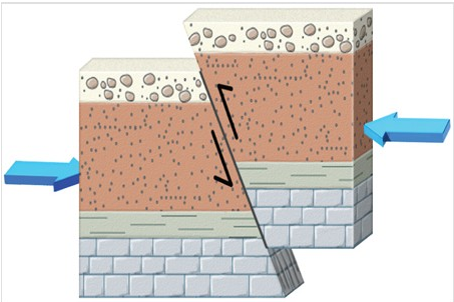Answer the following statement(s) true (T) or false (F)
1. Beach sediments constantly move.
2. When the Moon is in the first- or third-quarter position, a spring tide will occur.
3. Ocean currents are caused primarily by the gravitational attraction between the Earth, Moon, and Sun.
4. The line that marks the contact between land and sea is called the Beach.
5. Sea stacks and sea arches commonly form in the same geologic environment.
6. The steep, rugged shorelines of the West Coast of the US commonly display depositional features.
7. A neap tide has the greatest daily tidal range (biggest change between high and low tides).
8. Generally there are 2 high tides and 2 low tides every day.
9. The only current that completely encircles the Earth is the Equatorial current.
10. Most places on Earth experience one high tide and one low tide each day.
11. A spring tide is characterized by a small tidal change; a neap tide is characterized by a large tidal change.
1. true
2. false
3. true
4. false
5. true
6. false
7. false
8. true
9. false
10. false
11. false
You might also like to view...
What factor has prevented Caribbean countries from reaping the full benefits of their extensive investment in education?
A) drug trafficking B) the continuing importance of the informal sector C) brain drain D) offshore banking and online gambling E) high levels of illiteracy among Caribbean youth
What type of stress could form the fault in this figure?

A) Confining pressure
B) Horizontal tension
C) Vertical tension
D) Horizontal compression
E) Any of these is correct.
Sometime between 2015 and 2100, we should have how much oil remaining?
What will be an ideal response?
Which of the following 18 carbon fatty acids will have the highest melting point?
A) oleic acid B) linoleic acid C) linolenic acid D) stearic acid